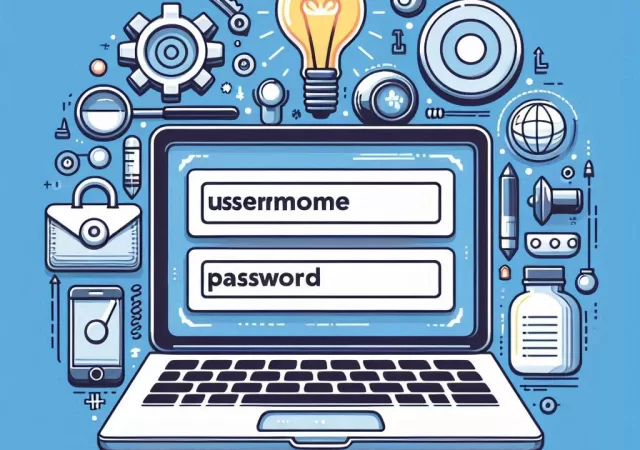techENT sits down with Sage Khor, Presales Technical Manage at Trend Micro Malaysia to discuss the importance of password hygiene and staying safe online.
Cyberattackers are Using the Cloud too – Are Malaysian Enterprises Prepared?
With an increasing number of business going to the cloud, what can they do to be better prepared to help mitigate the risks from cyberattackers?
Vigilance is Crucial for Businesses in Dealing with Modern Malware
With ransomware evolving so quickly, businesses must be ever vigilant or risk losing their reputation and assets.





